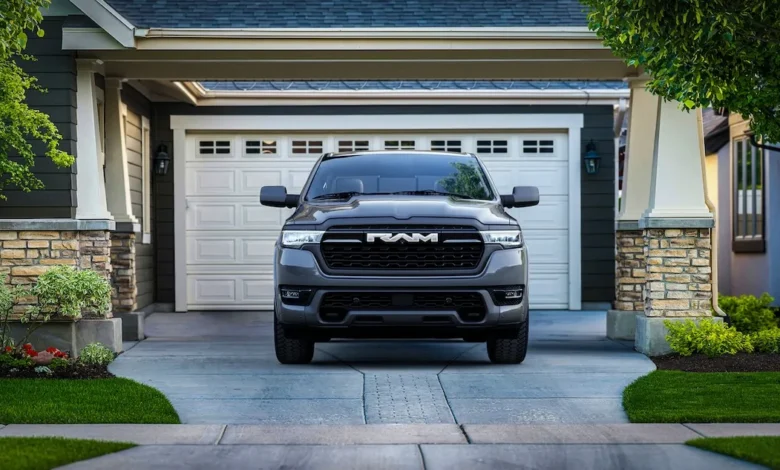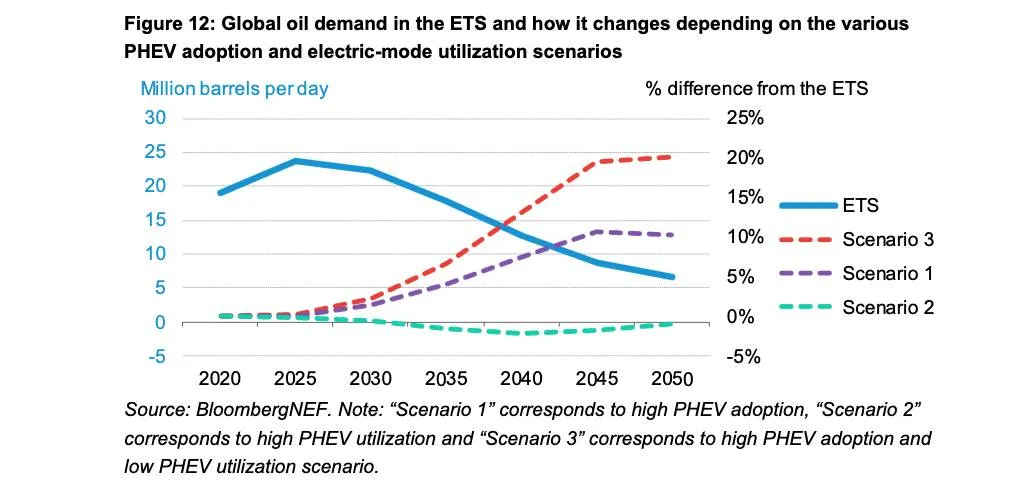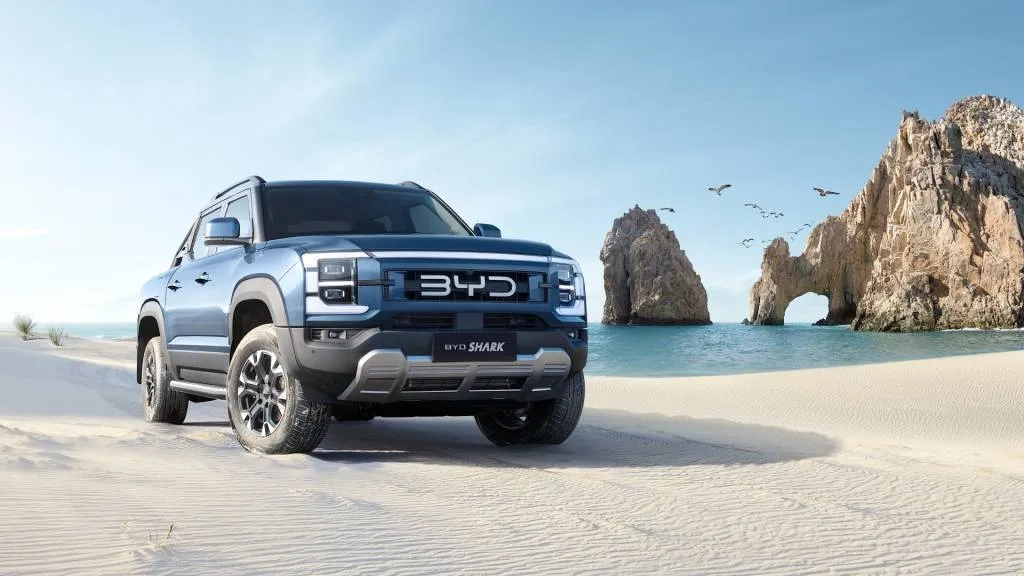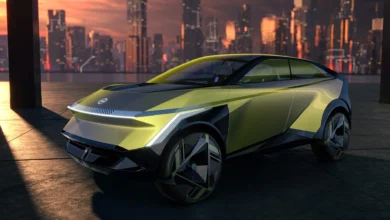Will plug-in hybrids stay plugged in or will they add to oil demand?

- BNEF said plug-in hybrids could further increase oil consumption estimates
- New EPA guidelines could allow plug-in hybrids to pass if drivers don’t plug them in
- Meanwhile, automakers have reduced electric battery sales targets
According to new analysis from Bloomberg New Energy Finance (BNEF), the global number of internal combustion vehicles will peak in 2025, but hybrid vehicles could determine whether this leads to reduced oil demand.
Sales of internal combustion vehicles peaked in 2017, and BNEF expects them to be 29% below that peak in 2027. While BNEF still expects electric vehicles to be “the primary method of eliminating decarbonizing road transport”, sales are now slowing in established markets while plug-in hybrids are “making a comeback”, analysts note.
The electric range of plug-in hybrid vehicles also increases, averaging 80 km (49.7 miles) by 2023, but the proportion of kilometers driven in electric mode is about 11% to 54% of the total distance driven, depending on the country and type of owner, analysts found.

Plug-in hybrid electric mode adoption and global oil demand (via BNEF)
“If PHEVs are displacing BEV sales and not taking full advantage of their electric driving potential, they add to the need for oil in our analysis,” BNEF noted. In the United States, EPA has likely gave them a pass with the new regulations and it’s unclear how often drivers will actually plug in.
Meanwhile, according to analysis, the electric vehicle market is not moving at the same speed. Some markets such as the US, Germany and Italy have seen slowing sales and automakers—such as Mercedes-Benz—have softened EV targets. But markets like China, India and France are still seeing “healthy growth”.
Electric vehicle sales are still growing on a global level, supported by expansion in developing economies. Thailand, India, Türkiye, Brazil and other countries are achieving record electric vehicle sales thanks to low-cost vehicles aimed at local buyers, according to BNEF, adding that the majority of these products coming from Chinese manufacturers looking for new markets.

BYD Shark plug-in hybrid pickup truck
BNEF points out that falling battery prices are mostly a good thing for the electric vehicle market. As Goldman Sachs noted earlier this year, a 40% drop in battery sales should help electric vehicles reach cost parity with internal combustion engines as soon as next year in some market segments without subsidies. And increase usage LFP battery cell BNEF noted that would reduce demand for nickel and manganese, further improving the economic and environmental picture for electric vehicles.
Another point made in this analysis is that electric vehicle sales and fleet revenue are very different things. BNEF estimates that, even with rapid electric vehicle adoption, less than 50% of the global passenger vehicle fleet will be electric at this rate. In the US and abroad, the question is whether regulators are focusing too much on electric vehicle sales and not enough on The death of internal combustion vehicles.




